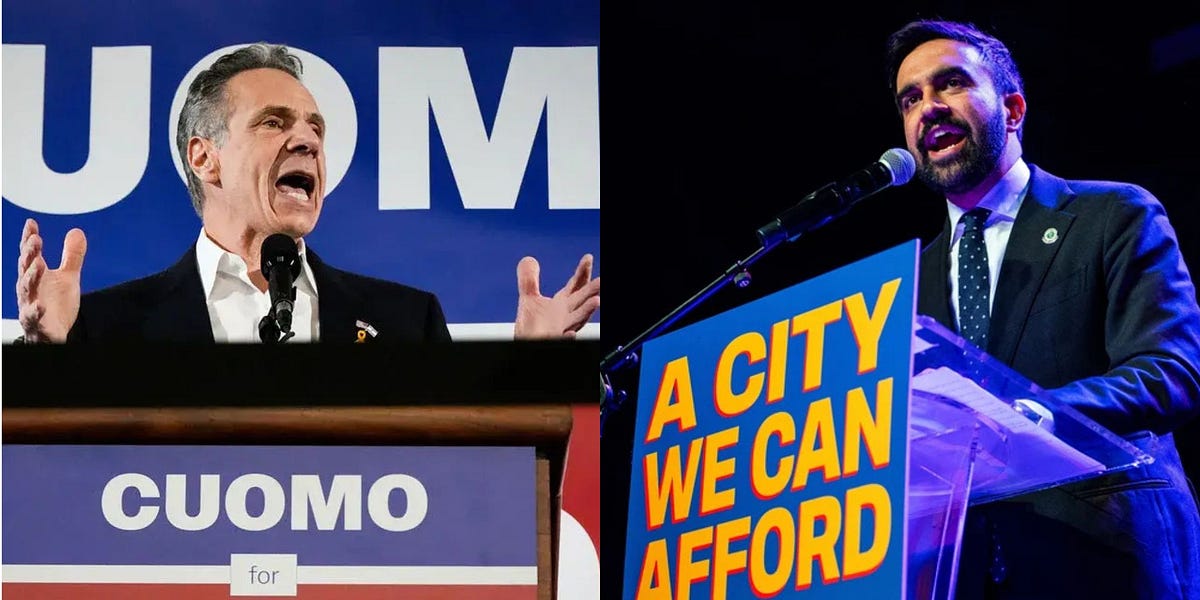One week ago, Emerson College released their latest survey of the Democratic Primary for New York City Mayor.
The poll showed insurgent Zohran Mamdani (22.7%) trailing heavy favorite Andrew Cuomo (35.1%) by only twelve percent in the first round of voting, before ultimately falling short in the final round (following the ranked-choice simulation) by a margin of 54.6% to 46.4%.
The remainder of the survey was far less noteworthy: Comptroller Brad Lander returned to double-digits (10.5%) for the first time since February, Scott Stringer scraped his way to nine-percent, with City Council Speaker Adrienne Adams (8.3%) rounding out the top-five. All in all, the race’s multi-month trajectory had barely changed: Cuomo hovered in the mid-thirties (Tier I), Mamdani stormed into the twenties (Tier II), while everyone else remained far behind (Tier III). Nonetheless, this marked the closest survey of the entire campaign, with topline dynamics mirroring an internal poll released by Mamdani’s campaign earlier in the week.
For a brief moment, Andrew Cuomo was no longer inevitable.
Was the close margin an outlier? Or a sign of things to come?


